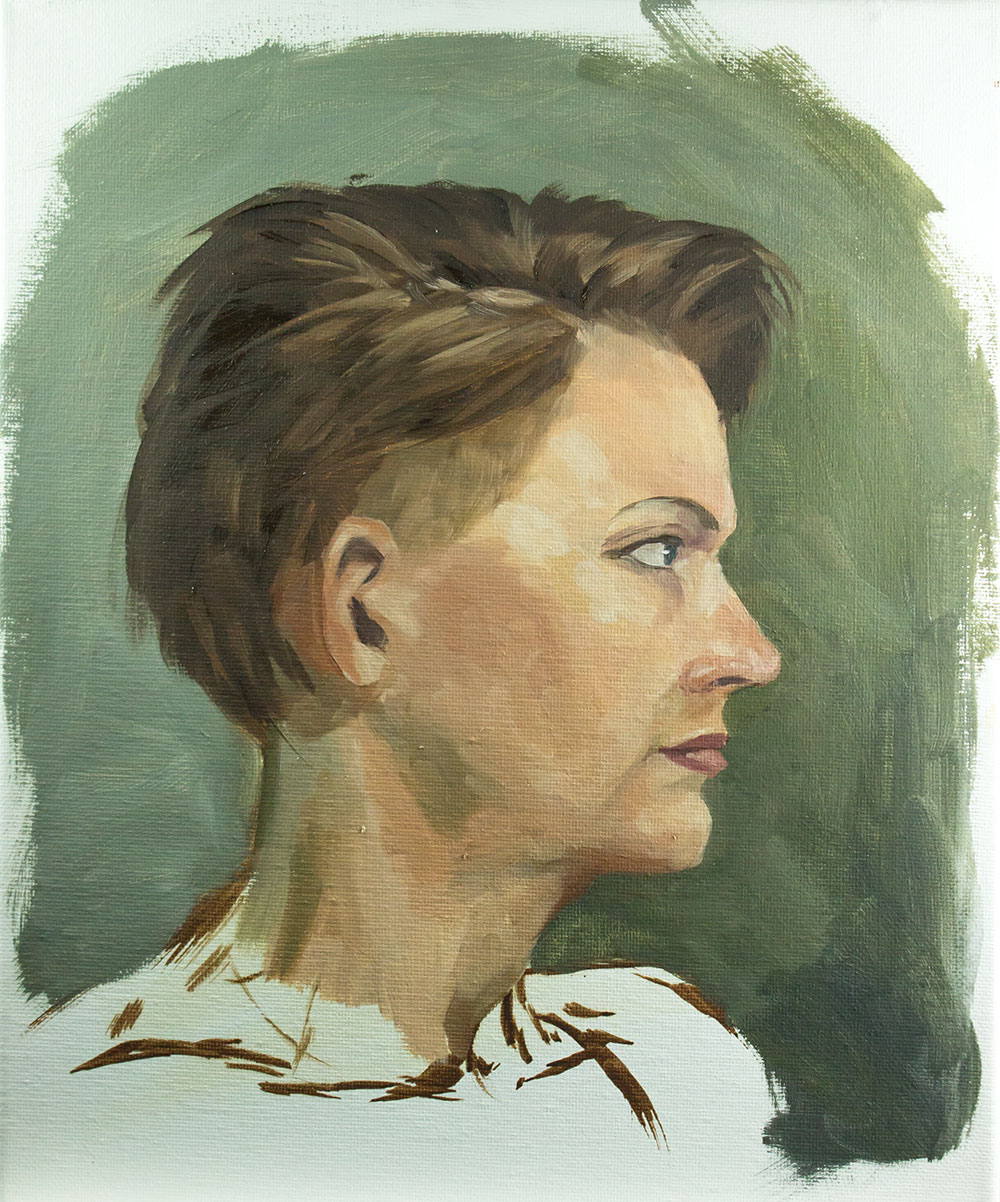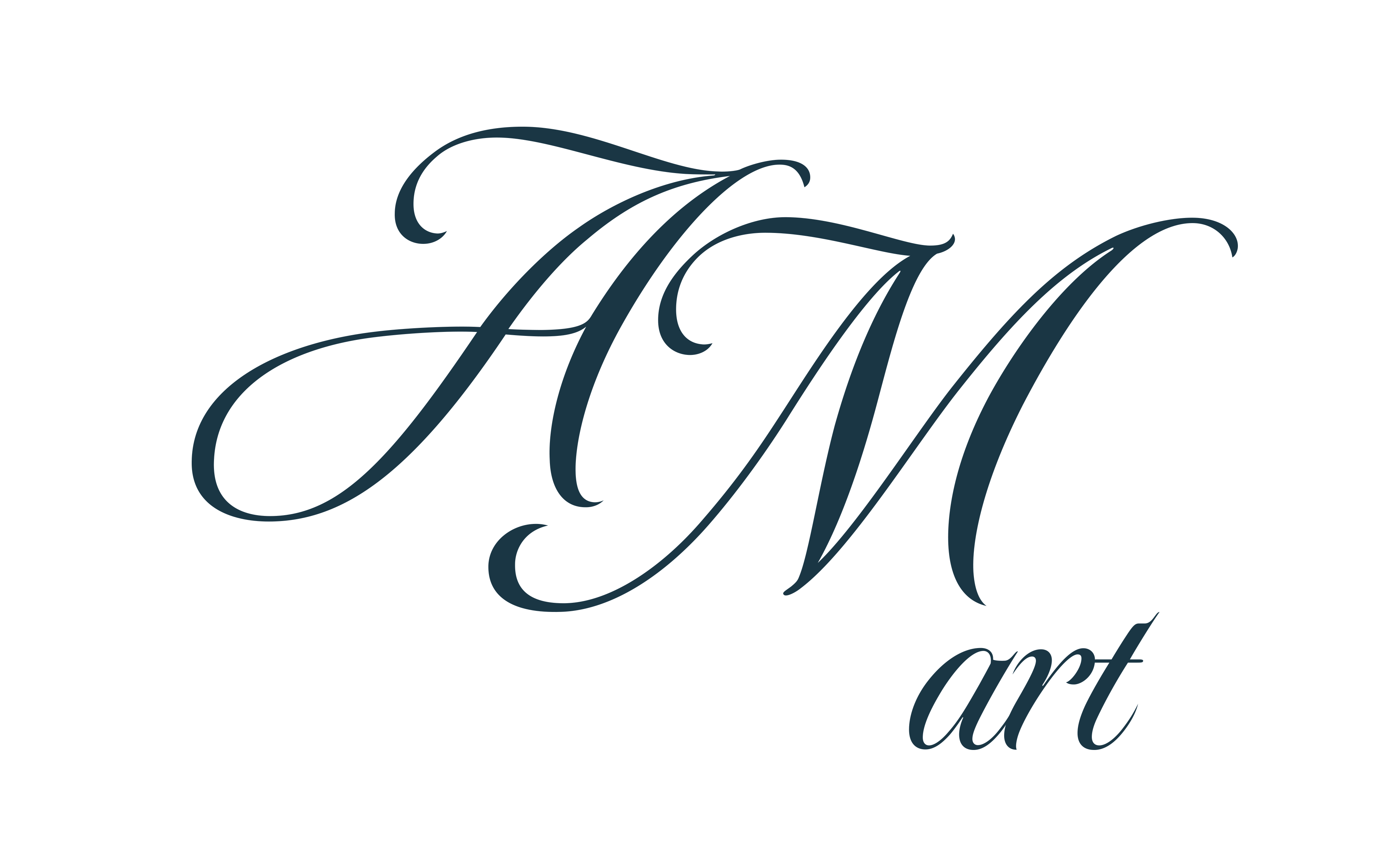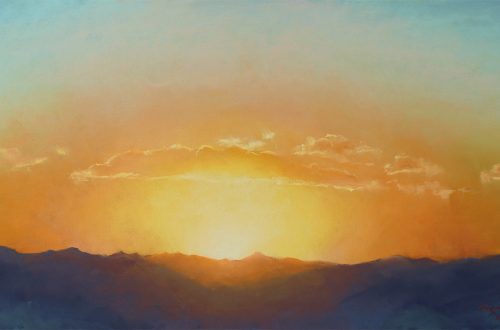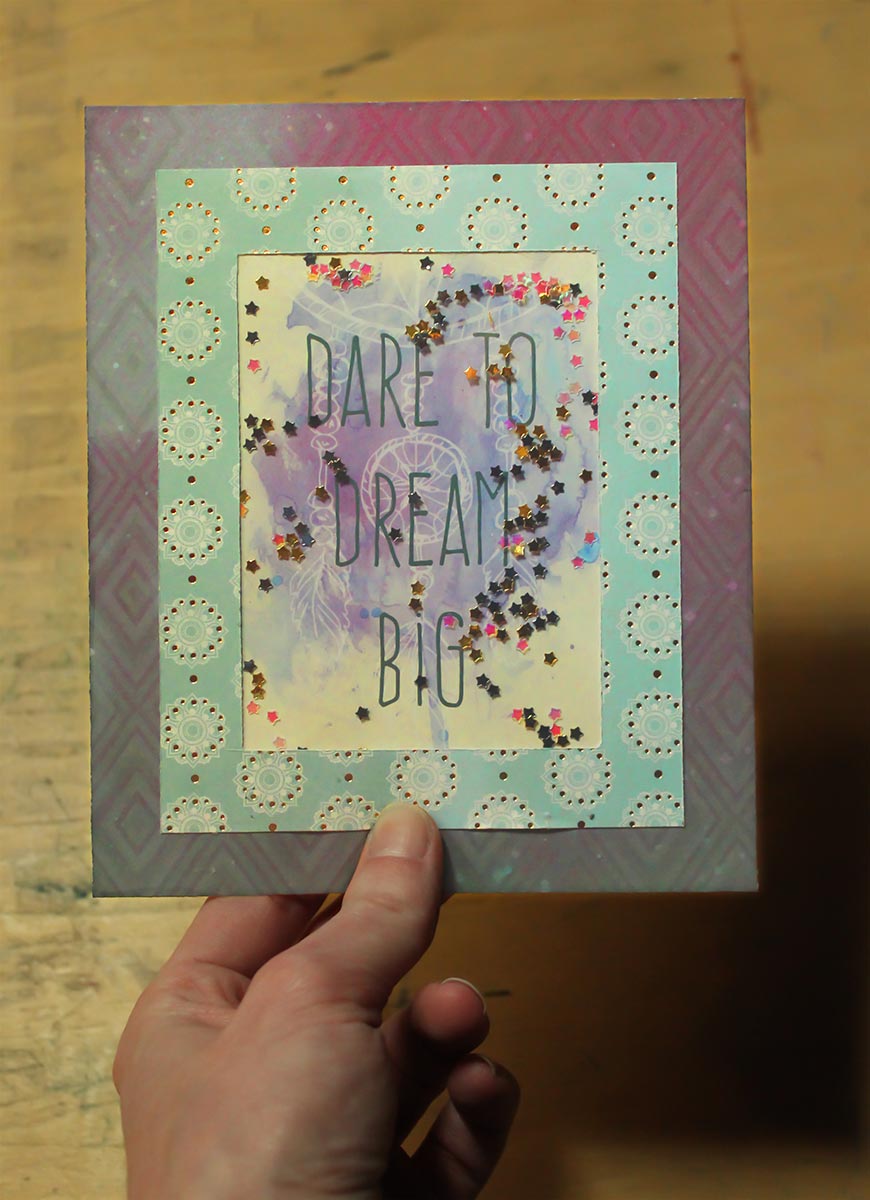
Portrait Challenge Week 1 Dead Colors: Conclusion
The first week’s over and I’m already feeling better about my skills in portraiture. Limiting myself to a dead color palette allowed me to ease into my challenge without having to worry about the issues of a full color palette.
Dead Colors
The first week I limited myself to a specific palette: dead colors. Dead colors consist of pigments that are not naturally vibrant or lively hence the word dead. The ones I used were: Titanium White, Yellow Ochre, Raw Umber, Brunt Sienna, Brunt Umber, Payne’s Grey and Mars Black. For my first life painting class we created 5 color strings with these colors: warm greys, yellows, warm reds, cool reds and cool greys. Below is a picture of the palettes we created.
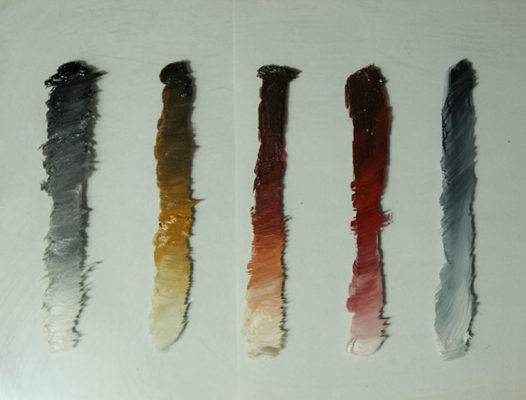
We created large piles of paint to work with. Adding a few drops of clove oil to the paint can keep them from drying out too quickly. Umber paint has Manganese in it which causes your paint to dry faster. From these paint piles you could create a wide variety of colors. These colors would also be similar to the pigments used by old masters during and after the Renaissance period. Many of them would first paint with these colors. Once dry they would then glaze over with richer colors. This was partially due to how expensive some of the pigments were like, lapis lazuli (ultramarine blue), purples and reds. By glazing on colors they could also reach a more saturated color than by painting opaquely.
Great Skin Tones
Also this dead color palette is great for skin tones. I can get some nice neutral purples by mixing Indian red, Payne’s Grey and white together. You can take a look for yourself below at my last week’s work. See the various skin tones I was able to get?
This week’s color theme
For this week I’ll switch to a full color palette. However, I’m going to focus on warm colors in the skin. I might push the boundaries a little with how much color I can put in the skin. It’s always fun to experiment and challenge yourself to new things.
You all can follow my progress on Instagram and Twitter.
A big thank you to the people who provided these stock photos.
Photo References:
